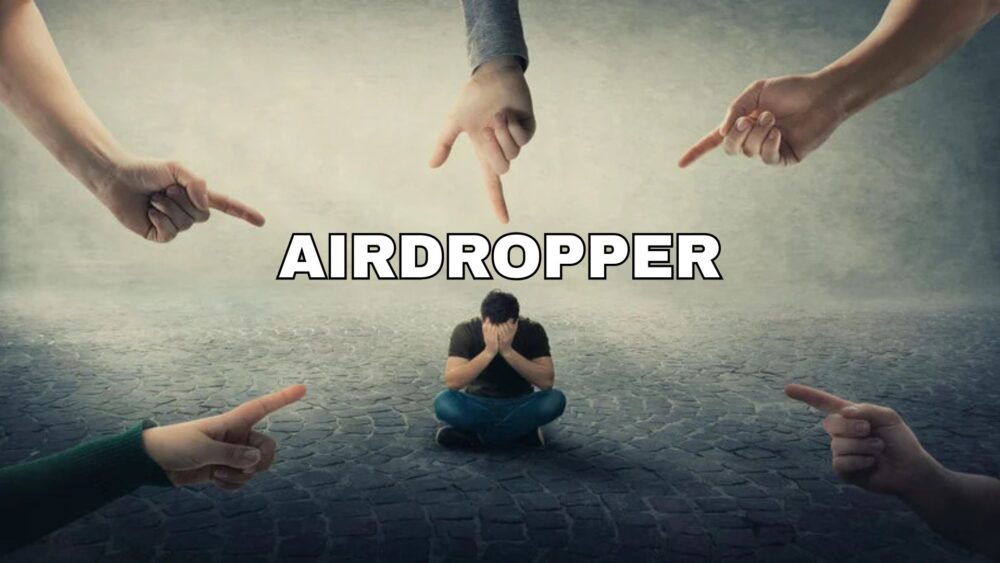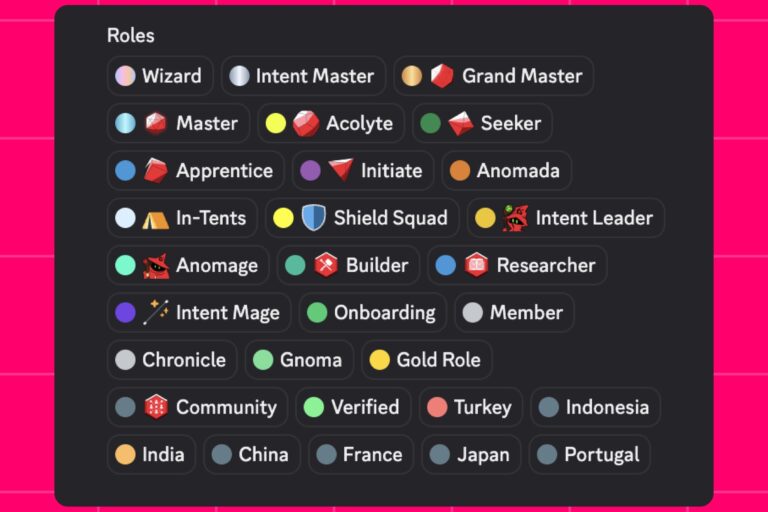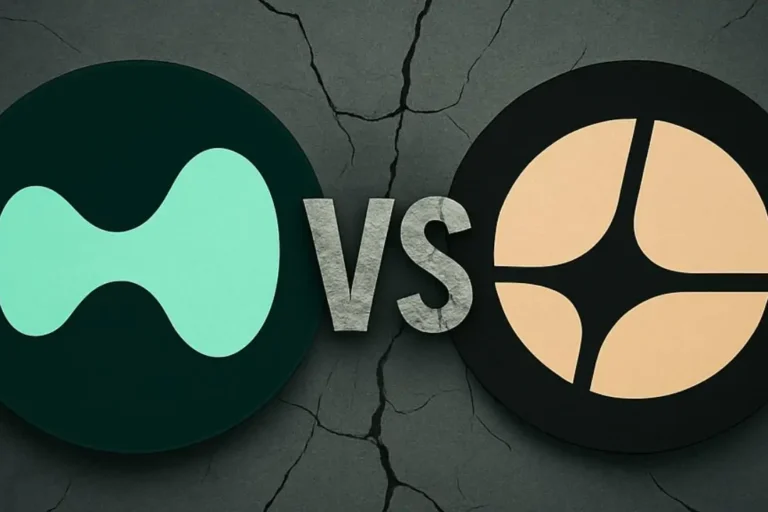Update from the World of Airdrops: The Monad Testnet Story
When the Monad Testnet appeared, it immediately caught the attention of the airdrop and testnet community. I still remember how tough it was to claim Monad testnet tokens. The faucet was always empty, and the Discord server stayed full for days. The hype was real.
Why? Because Monad is a Layer 1 (L1) blockchain, and L1 projects often give big rewards. Naturally, everyone wanted to get involved early.
I felt left behind when I didn’t get a faucet for a long time, so I didn’t participate in any tasks inside the ecosystem.
That’s why this article isn’t written out of my frustration but from reflection. I believe there is an important lesson here for developers to consider.
The Changing Game of Airdrops
I once wrote about how the “airdrop game” has evolved. In the past, things were simple: you joined a testnet, interacted with features, and hoped for rewards. Now, it’s more complex.
Your on-chain activity is tracked, scored, and used to measure your “reputation.” But the sad truth is that now your contribution often goes unrecognized. You can spend hours interacting with a protocol, yet still be treated as someone who added no real value.
But ironically, they proudly showcase your activity on social media and to their investors.
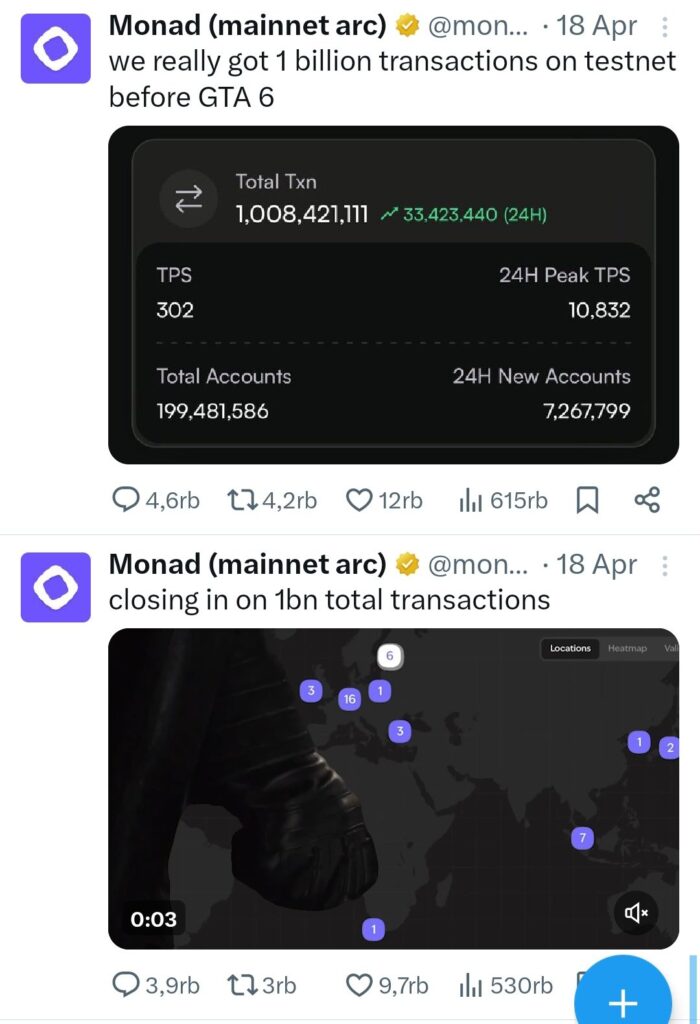
This is exactly what happened with Monad Testnet. Thousands of users performed hundreds of thousands of interactions, yet many received nothing. Only those active in the DeFi ecosystem, such as Pendle, Contango, etc, were considered eligible. Even then, I saw several DeFi users on X expressing disappointment for not making the list.
The Easy Blame Game
There’s a common perception in the crypto space that in the developer eye, airdrop hunters are the main reason token prices fall after launch. They’re often seen as profit seekers who don’t care about the project’s success.
Some people start to say them “airdrop-poor”
But here’s something people forget:
Many projects without airdrops also experience heavy selling pressure at launch.
One of them is Double Zero as shown in the chart below. So is it really the fault of airdrop hunters?
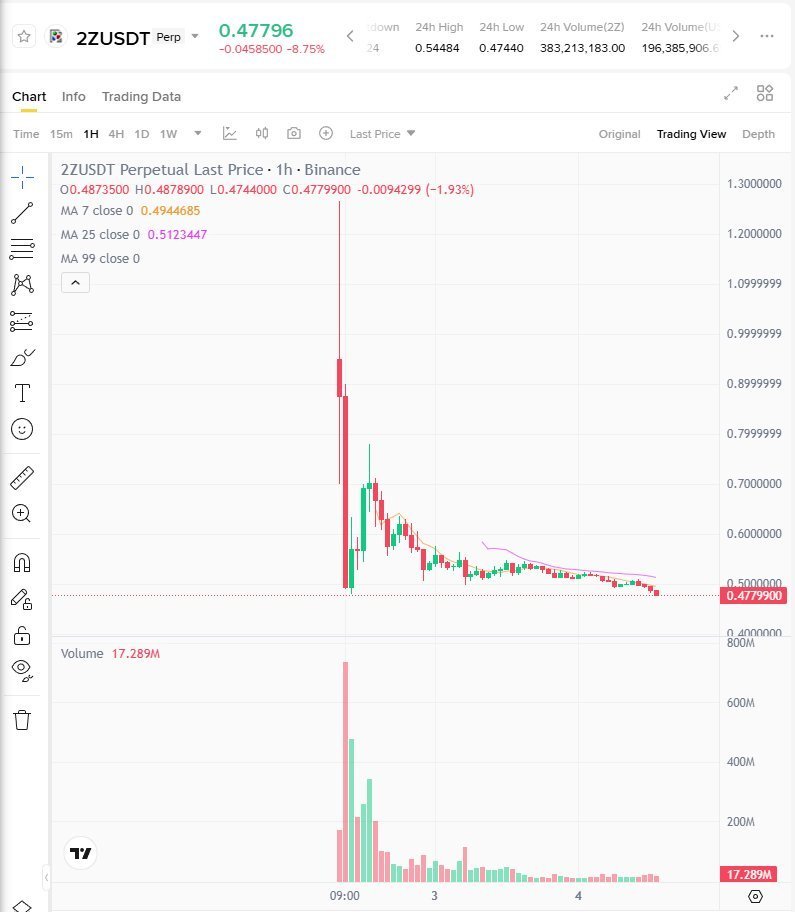
Let’s look closer. The airdrop allocation in most projects is usually small compared to what early investors hold. Those early investors often sell much larger amounts once tokens are unlocked. Yet somehow, it’s always the community that gets the blame.
Maybe we’re asking the wrong question. Instead of “why did they sell?” we should be asking, “why didn’t they feel like staying?”
The Real Issue Lies in Design
Airdrop programs are easy to start but difficult to sustain. Many developers launch them to create short-term excitement, but few manage to turn that attention into lasting engagement.
The issue isn’t the concept of airdrops. It’s the design.

Most airdrops reward simple actions such as trading, clicking, or creating wallets. These surface-level metrics may look impressive on dashboards, but they don’t build emotional or practical attachment to the project.
As a result, they attract bots, short-term farmers, and opportunists instead of genuine community members.
If developers want to create real loyalty, they need to design smarter incentives ones that make users care about the vision and stay for the long term.
It’s Not That Users Don’t Care
Many developers misunderstand why airdroppers leave. Most users don’t walk away because they don’t care. They leave because the project didn’t give them a reason to stay.
When someone sells their token right after receiving it, that isn’t greed. It’s feedback. It’s a signal that the project failed to build enough trust, excitement, or utility before the airdrop.
Too many developers treat airdrops like marketing campaigns designed to attract numbers, not relationships.
But an airdrop should be about connection, not just exposure.
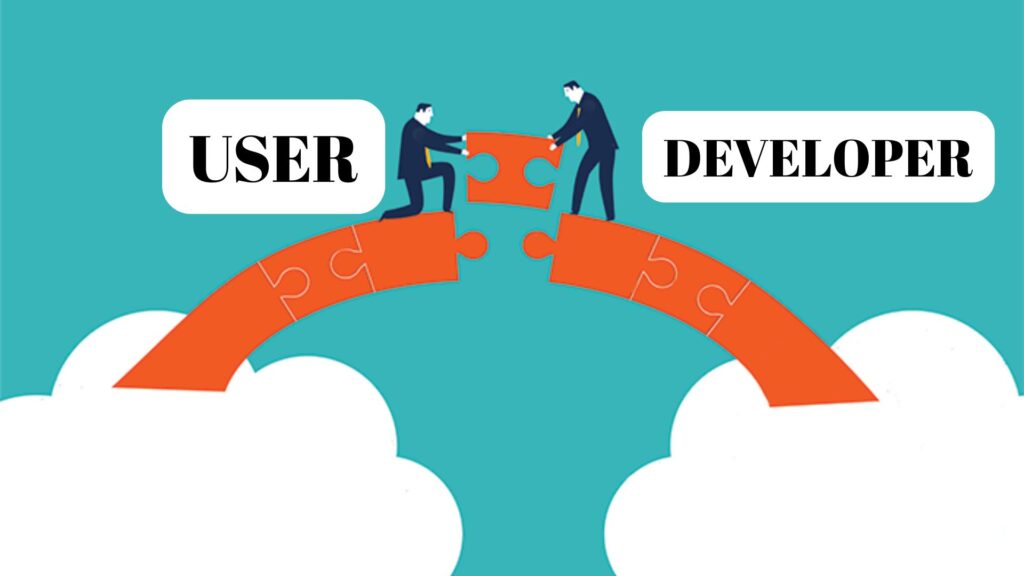
When users feel like early partners instead of just data points, they behave differently. They explore the ecosystem, share feedback, and talk about the project proudly.
When they feel used as a marketing variable, they do what anyone would do. Take what they earned and move on.
Airdrops Should Build Relationships, Not Just Reach
Think of it like a restaurant giving out free samples. If the food tastes average and no one greets you, you’ll probably take the sample and never return. But if the food tastes amazing and the chef smiles and says, “Hope to see you again,” you’ll want to come back, even if it means paying next time.
That’s exactly how airdrops work.
The token is the free sample, and the ecosystem is the restaurant.
If the experience feels rewarding, users will return and even bring others along. But if it feels like a short-term marketing push, they’ll walk away once it’s over.
A Reflection for Developers

Maybe the right question isn’t “why do airdrop hunters sell their tokens?” but “what did we build that made them want to hold?”
Real loyalty can’t be forced. It doesn’t come from locking tokens or limiting sales. It comes from trust, vision, and value.
Developers should start viewing airdrops as tools to build a community, not as quick marketing tricks. The goal shouldn’t be to chase activity, but to create belonging.
When that happens, airdrop participants stop acting like hunters. They start becoming believers.
At the end of the day, maybe the problem isn’t the airdropper’s behavior. Maybe it’s the way the project made them feel.
If there’s something you want me to cover next, just let me know. You can follow me here on my website and my Medium to get my latest updates as soon as they drop! You can also contact me through X @AskaraJr and Linkedin
